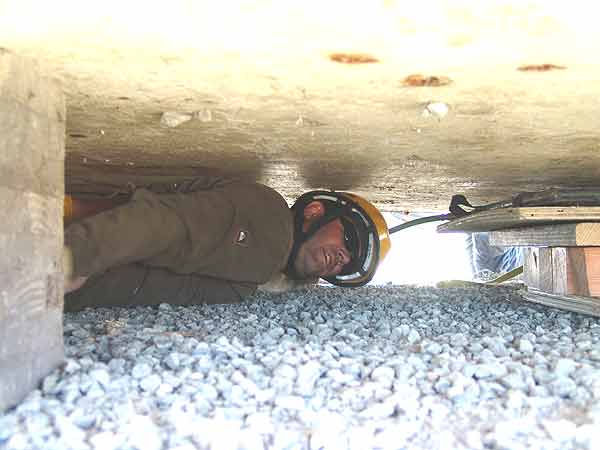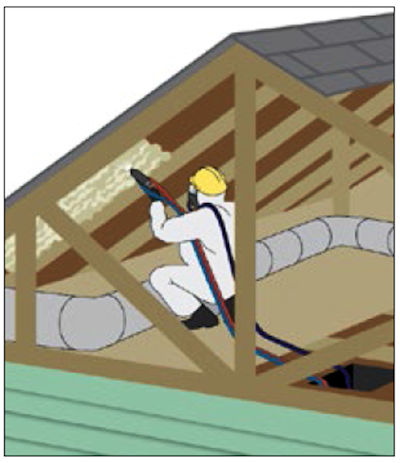Confined Space in Crawl Spaces and Attics
Crawl spaces and attics can be both confined spaces and permit spaces under the new standard.
Changes to the entry/exit, the ease of exit, and air flow could create a confined space or cause the space to become permit space.
Crawl Spaces
Crawl spaces can present many confined space hazards, including:
- tight or narrow spaces
- structural collapse
- asbestos insulation
- atmospheric hazards (e.g., flammable vapors, low oxygen levels)
- electrocution (e.g., using electrical equipment in wet conditions, unprotected energized wires)
- standing water
- poor lighting
Attics
Working in an attic and applying a large amount of spray foam (or another chemical) in a short period of time can expose a worker to low oxygen levels or a hazardous atmosphere.
Working in attics can also present confined space hazards, such as:
- atmospheric hazards (e.g., poor ventilation)
- heat stress
- mechanical hazards (e.g., attic ventilators, whole house fans)
- electrical hazards (e.g., damaged or frayed wires, open electrical boxes)
- slip, trip and fall hazards
- asbestos insulation
Knowledge Check Choose the best answer for the question.
1-12. What is a confined space hazard that may exist in an attic?
You forgot to answer the question!


